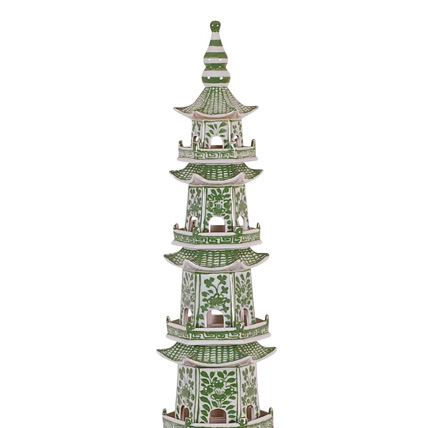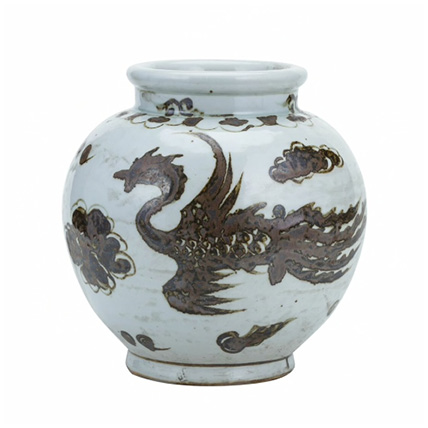
We have the Europeans to thank for envisioning everything beautiful when they developed the motif known in the decorative world as chinoiserie. It officially made its mark in the 17th century but became even more popular in the 18th century when trade between Asia and Europe increased. The Europeans found delight in the aesthetics of all things Asian, so they created their own version that fits right into their design sensibility and aesthetic.
There’s rarely a project that comes through my office where I haven’t slipped this timeless and pretty look into the scheme. As I search for fabrics, wall coverings, and accessories, chinoiserie pulls me close. I encourage my clients to embrace a piece of it, even if it’s unfamiliar or a departure from their comfort zone. When it comes to something so dynamic as chinoiserie, I don’t incorporate it into the rooms that I design only for its aesthetic. It has multi-purposes and is a problem solver. Here’s why:
1.) It’s available at all price points.
Want a one-of-a-kind antique? I can find that for you. Let’s hit the antique shows (I’m dreaming about Paris, of course). But if something so precious doesn’t fit into your budget, let’s hunt for something more reasonable. That’s the beauty of chinoiserie. It lives on hand-painted wallpaper the same way that it does on a ceramic vase on the clearance rack of a big-box home store.
2.) It makes a collected statement.
Because Chinoiserie can be found in so many places, it’s an easy collectible, and en masse, it’s a super dynamic statement. Ceramics are a great way to begin. Look for ginger jars in all sizes that can be grouped together on a mantel or on an entry foyer table. Settle on one color like the ever-popular blue and white or pick up treasures that come in other hues. For my vignette, jars adorned in coral, brown, and green, and a towering green-and-white pagoda speak to the palette of the wall covering.
3.) It’s timeless.
One of the points of design intimidation comes from buying pieces that are too trendy and don’t boast longevity. Chinoiserie does. At this point in time, the motif dates back more than 300 years. So I think it’s safe to say that chinoiserie is here to stay.
4.) It is inspired by nature.
Chinoiserie comes with a lot of movement. Its mix of botanicals, birds, and fish delivers something to see in every inch. Imagine furniture with sleek silhouettes and modern sensibilities like the chest of drawers in this picture. Put a white or gray wall behind it and the space could become minimal and cold. Splash the walls with a lovely pattern like the pink-and-green one shown here from Schumacher, and suddenly, you have a room that mixes modern and traditional in a way that is current and fresh.
5.) There are both masculine and feminine versions of it.
It’s true. Take a quick glance at anything with chinoiserie, and it tends to appear fairly girly. But it doesn’t have to be feminine. Look at the piece that I found for this vignette. A ceramic vase with brown markings including a powerful bird would be an ideal addition in a room with a masculine or neutral vibe. Think layers of wood, leather, and a color scheme of charcoal and other neutrals, and this piece would fit in so handsomely.
Just when you thought that pattern might be too much, a little touch of chinoiserie can take a space a long way. Give it a chance, and it might become a classic for you, too.








